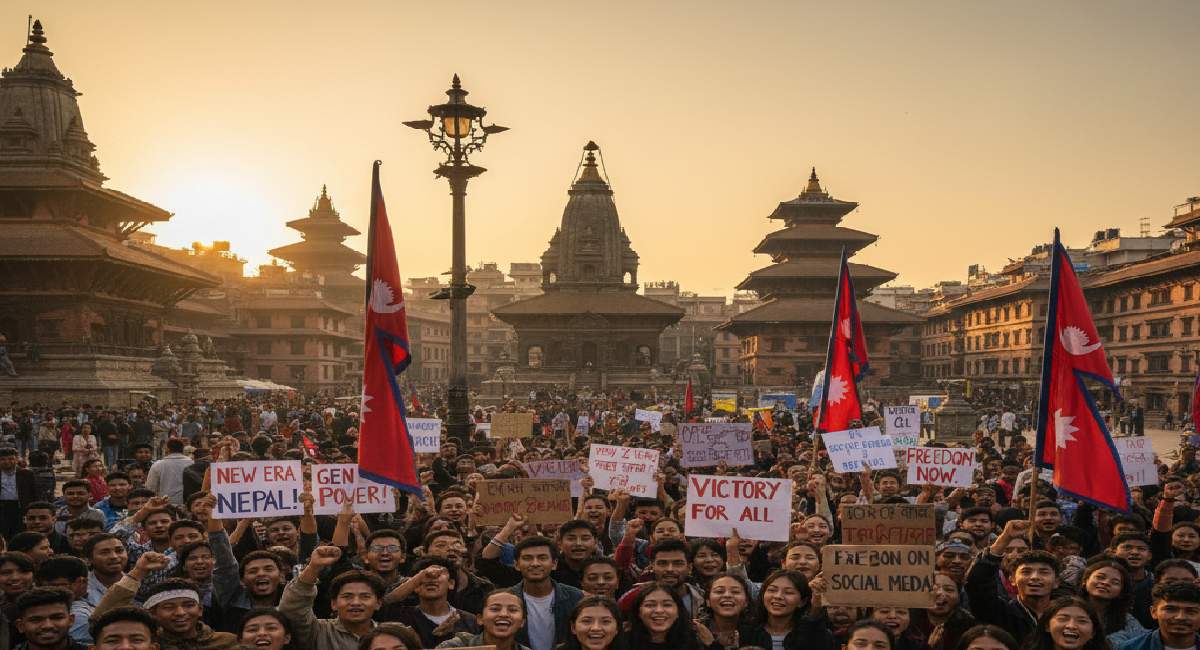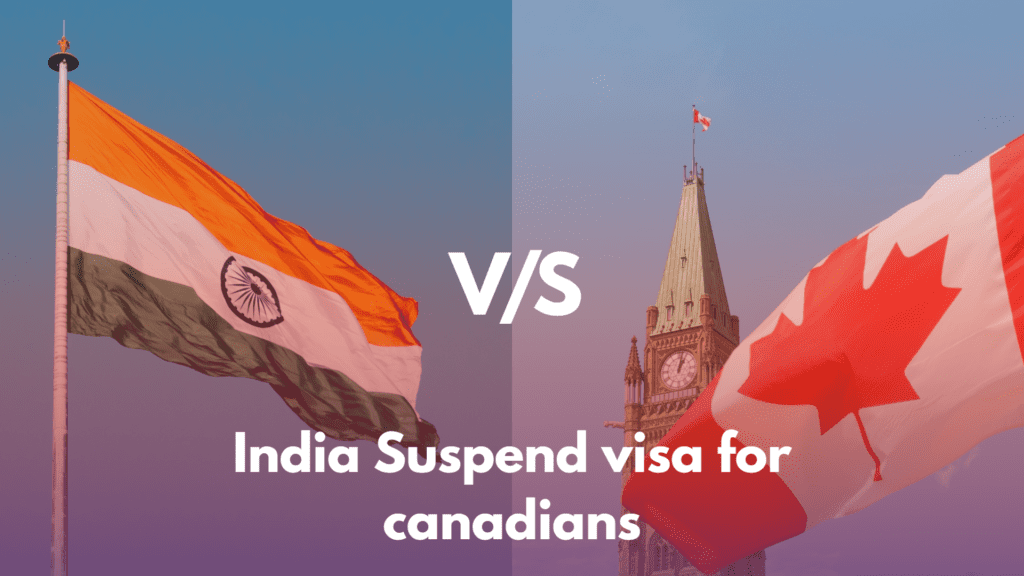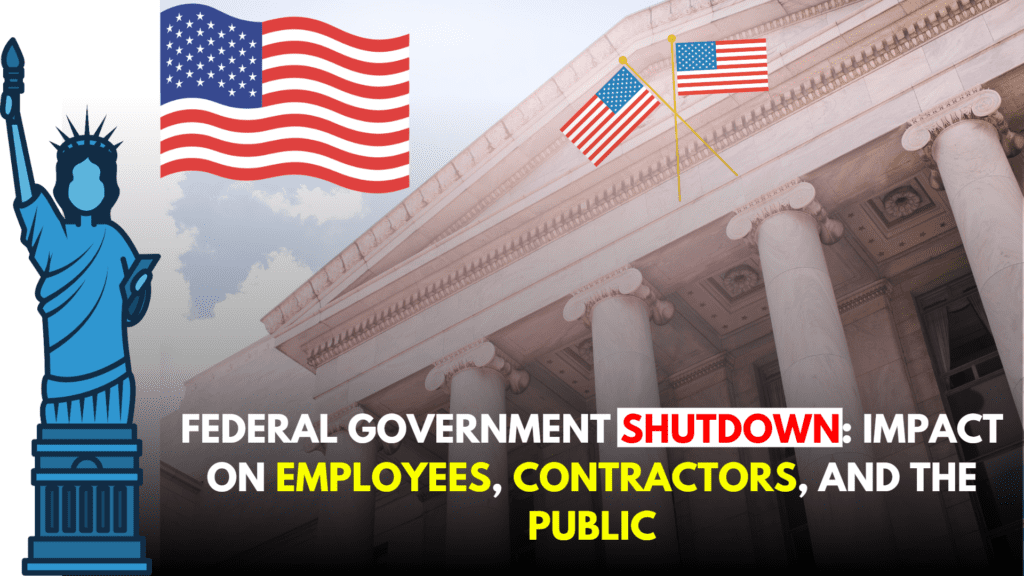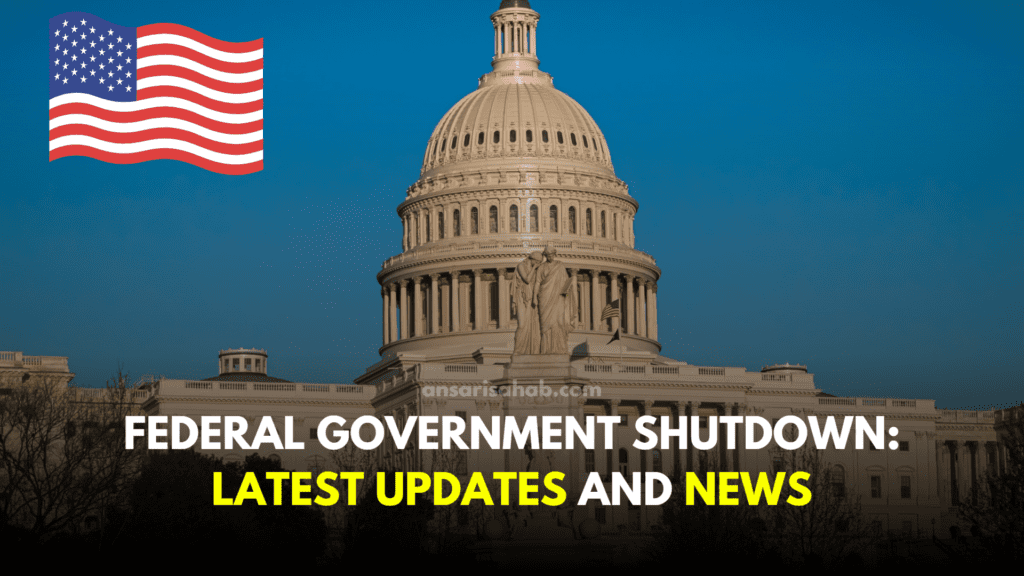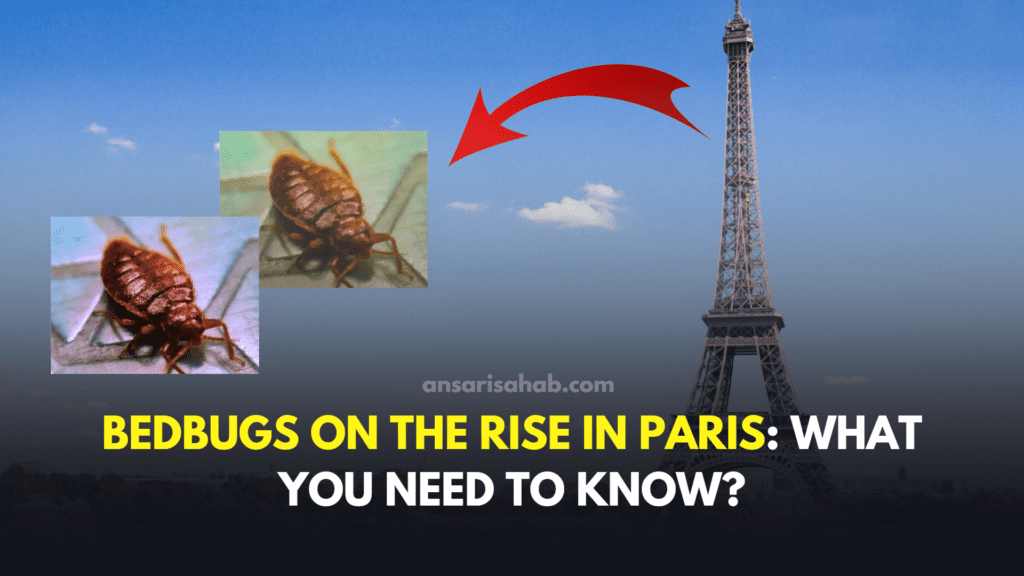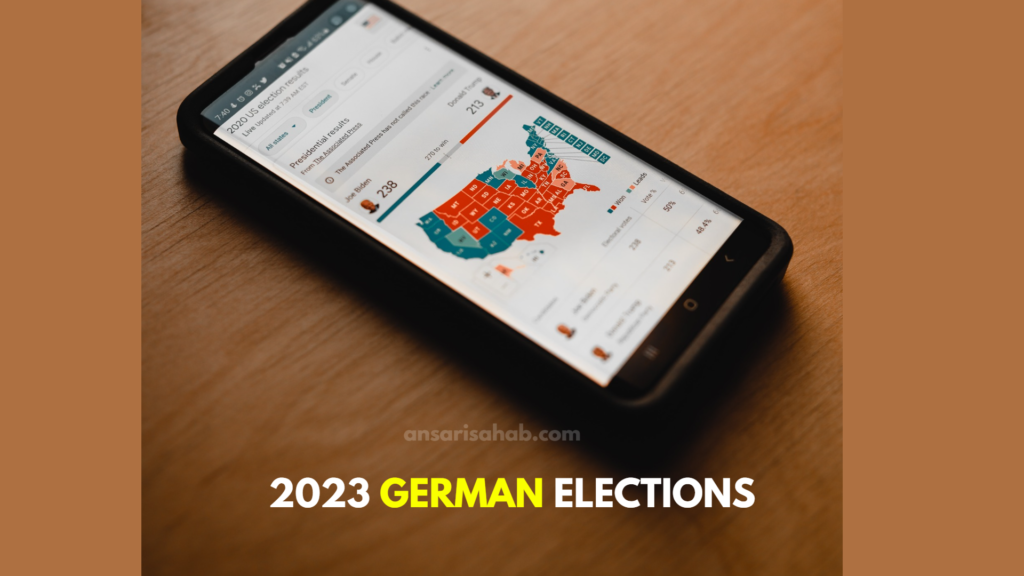As of today, September 14, 2025, Nepal’s political landscape has undergone dramatic shifts following a week of intense Gen Z-led protests against corruption, economic inequality, and a short-lived social media ban. The unrest, which began escalating around September 5, culminated in the resignation of Prime Minister K.P. Sharma Oli on September 12, paving the way for an interim government. This update draws from the latest reports, highlighting the formation of the new administration, ongoing challenges, and international reactions. The situation remains fluid, with protests largely subsided but underlying tensions persisting.
Key Developments in the Protests and Transition
The protests were initially sparked by the government’s abrupt ban on social media platforms, perceived as an attempt to silence youth voices amid growing frustration over nepotism, graft, and lavish lifestyles among political elites (often dubbed “Nepo Kids” by activists). What started as online campaigns on platforms like Discord and TikTok quickly turned into massive street demonstrations, particularly in Kathmandu, drawing tens of thousands of young people. The movement, self-identified as “Gen Z,” demanded systemic reforms and the dissolution of parliament.
- Violence and Casualties: The clashes between protesters, police, and security forces resulted in at least 51 deaths, including demonstrators, officers, and civilians caught in the crossfire. Over 1,300 people were injured, and chaos led to the escape of approximately 12,500 prisoners from overwhelmed facilities. Arson attacks targeted government buildings, including the Prime Minister’s office and parliament, forcing military intervention. The army chief, Gen. Ashok Raj Sigdel, played a pivotal role in brokering talks between protesters, political parties, and the presidency, imposing curfews and deploying troops to restore order.
- Social Media Ban Reversal: The ban, imposed last week, was lifted on September 12, allowing platforms to come back online. This move was a direct concession to protesters and has helped de-escalate tensions, though internet access remains monitored in some areas.
- Government Resignation and Interim Leadership: On September 12, President Ram Chandra Poudel accepted Oli’s resignation after days of negotiations. Sushila Karki, Nepal’s first female Chief Justice (serving from 2015-2016), was sworn in as interim Prime Minister that evening in a ceremony at the presidential residence, attended by ambassadors from India, China, and the United States. At 73, Karki is renowned for her anti-corruption stance and judicial independence, making her a compromise candidate backed by Gen Z leaders, the Nepal Supreme Court Bar Association, and major parties. She is expected to appoint her cabinet within days, focusing on transparency and stability.
Path to Elections and Criticisms
Late on September 12, President Poudel announced that parliament would be dissolved, with fresh elections for the lower house scheduled for March 5, 2026—earlier than the full term’s end. This aims to restore democratic legitimacy but has drawn sharp criticism from lawyers, opposition figures, and constitutional experts, who argue it undermines institutions and could favor entrenched elites. Karki, leveraging her legal background, has visited hospitals treating the injured and called for calm, but skeptics question whether the interim setup will address root causes like poverty and unemployment.
| Aspect | Details as of Sept 14, 2025 |
|---|---|
| Death Toll | 51 confirmed (protesters, police, civilians); investigations ongoing |
| Injuries | Over 1,300; many still hospitalized in Kathmandu |
| Prisoner Escapes | ~12,500 at large; security forces recapturing some |
| Protest Status | Largely peaceful; sporadic gatherings in Kathmandu; curfews lifted in most areas |
| Social Media | Fully restored; youth using it to monitor government actions |
| International Response | India, China, US express support for stability; UN calls for human rights probe |
Broader Implications and Public Sentiment
The rapid transition—from protests to regime change in under a week—has been hailed as a youth-driven triumph on social media, with figures like Kathmandu’s young mayor Balendra Shah (a rapper-turned-politician) endorsing Karki. However, divisions persist: Some Gen Z factions demand deeper reforms, while others worry about foreign influence, given Nepal’s geopolitical position between India and China. On X (formerly Twitter), discussions as of today reflect global inspiration, with users drawing parallels to movements in India and Indonesia, though some posts speculate on U.S. involvement without evidence. Economic recovery is a priority, as the unrest disrupted tourism and trade.
As of September 14, no major new incidents have been reported, but Karki’s government faces immense pressure to deliver on anti-corruption promises. For a new website aiming for traffic, this story’s viral potential lies in its mix of youth empowerment, gender milestone, and dramatic upheaval—elements that resonate globally. Monitor official sources like the Nepali presidency or international outlets for real-time updates, as the situation could evolve quickly.

